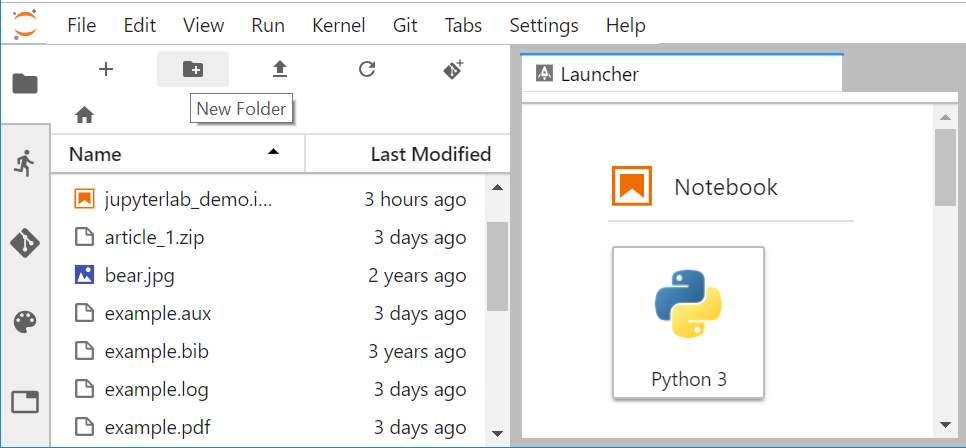

The upside is that calling Path(_file_) gives you a string of the current file you are working on and the path. The important thing to know about _file_ is that it is set by the interpreter at run time, so that python knows what file it is working with when the script is working with multiple modules. 2.) _file_ does not work in the context of a Jupyter notebook, this led me down a rabbit hole which I will revisit soon.Therefore, it will not work if you try to call it from the shell interpreter. 1.) _file_ is callable while working in a file.Now before you leave this page there are a couple of caveats, I want to tell you about the variable _file_ which is set by the Python interpreter
Jupyterlab change directory full#
This prints the full path to the file you are working on. However what if you want to know what room of the house you are in, and the thing you are working on? from pathlib import Path Both of these examples are very similar to opening a shell prompt and calling the cwd command.
Jupyterlab change directory code#
Now, this code tells you what you’re working directory is. # Out: c:\Users\esimm\PythonDev\notebooks Alternatively, you could query the global variables of your Python environment. One older way to do the same thing in Python is to use os.getcwd(), which is useful if you want to interact with your path as a string. Getting your current working directory is pretty easy, and there are a few other ways to accomplish the same thing. The Path class is an object-oriented approach to working with your path. This code imports the Path class, and prints the working directory. # Out: C:\Users\esimm\PythonDev\notebooks If you need your path and the file from which you are calling use Path(_file_).

To get your current path in Python, use the pathlib module in the python standard library and call cwd() that’s an abbreviation for “ current working directory”. Dealing with your midnight confusing or outdoors route-finding skills are a little more complicated, but fortunately, it is pretty easy to figure out your current path in Python. Knowing where you are is important, whether you are in the outdoors, stumbling to the toilet in the middle of the night, or simply programming.


 0 kommentar(er)
0 kommentar(er)
